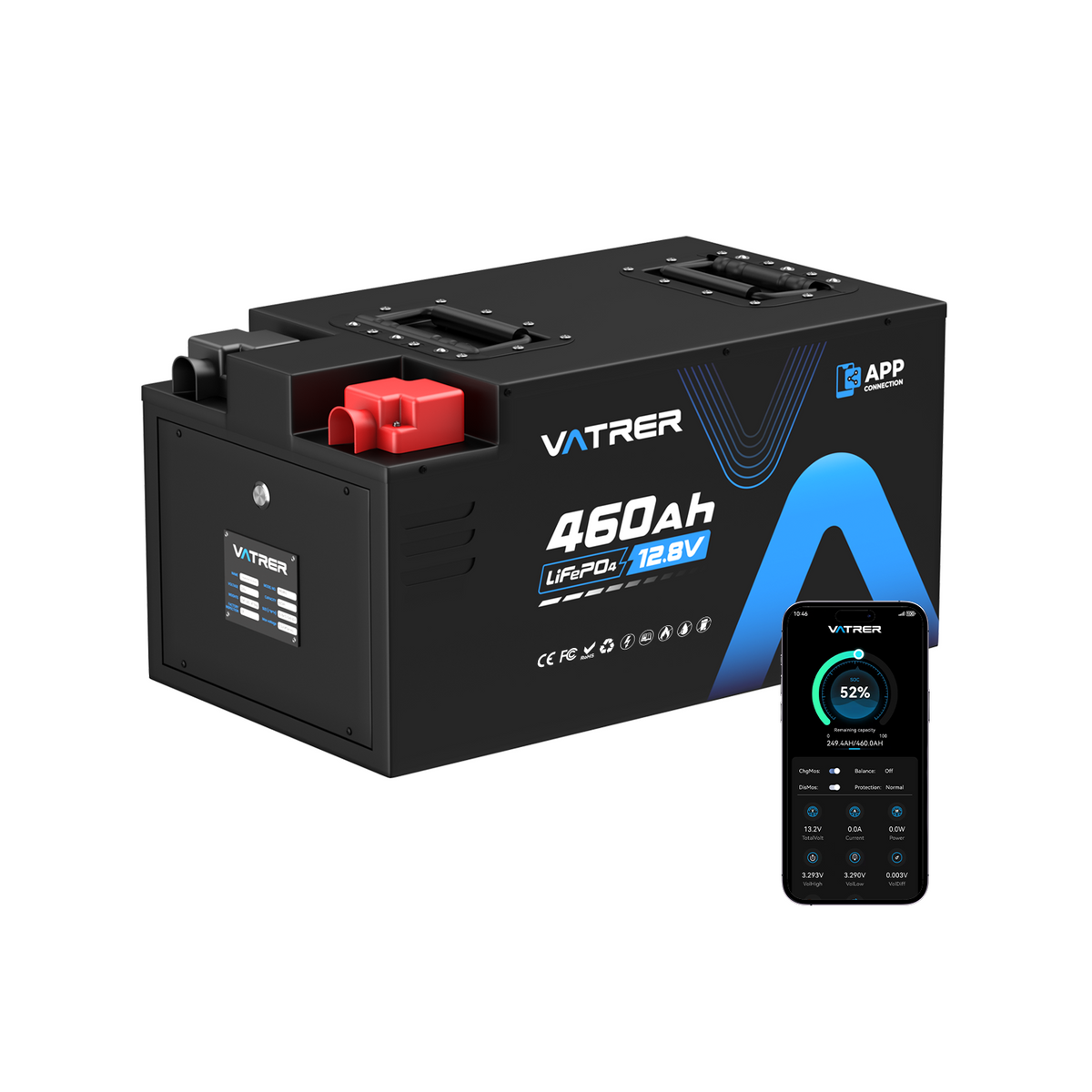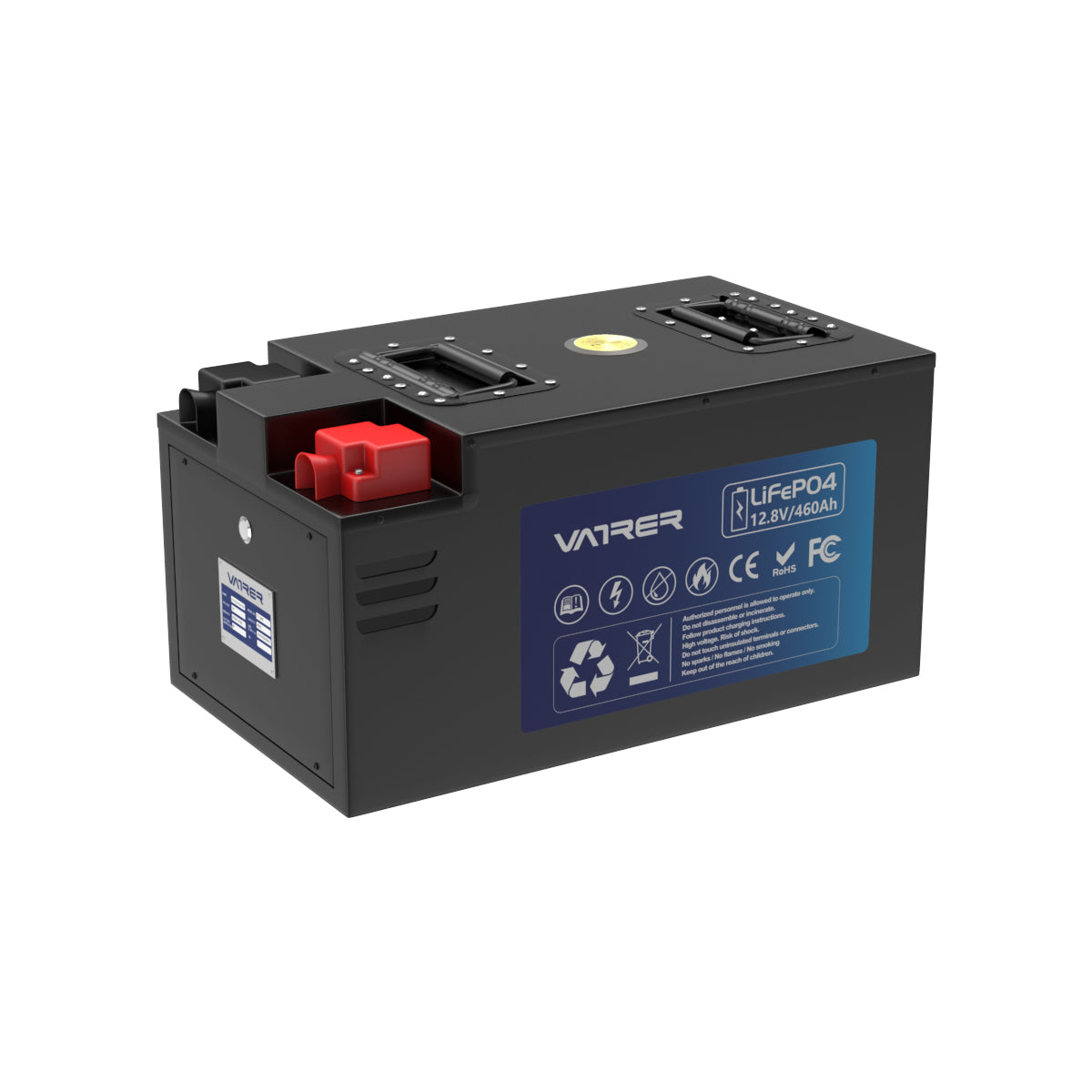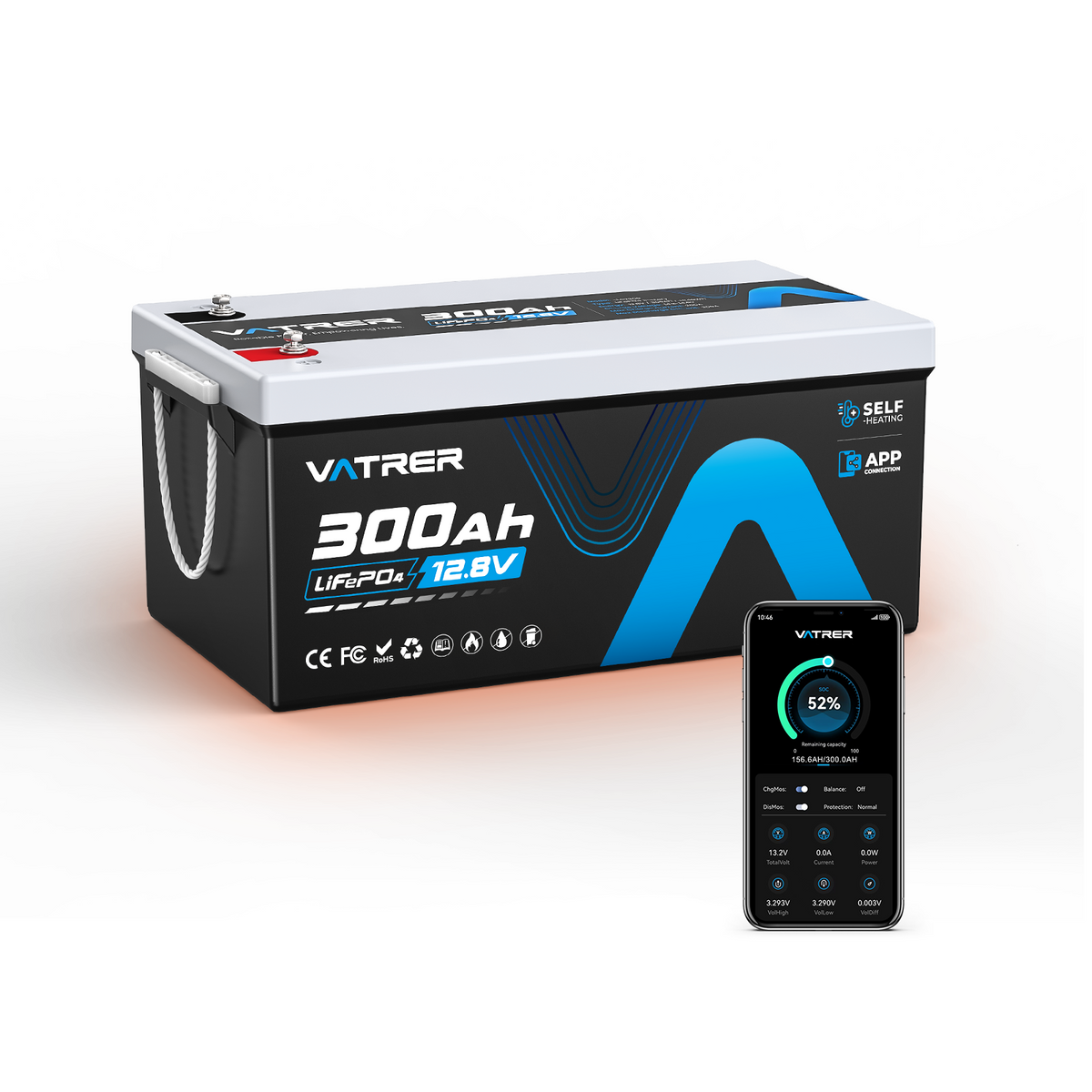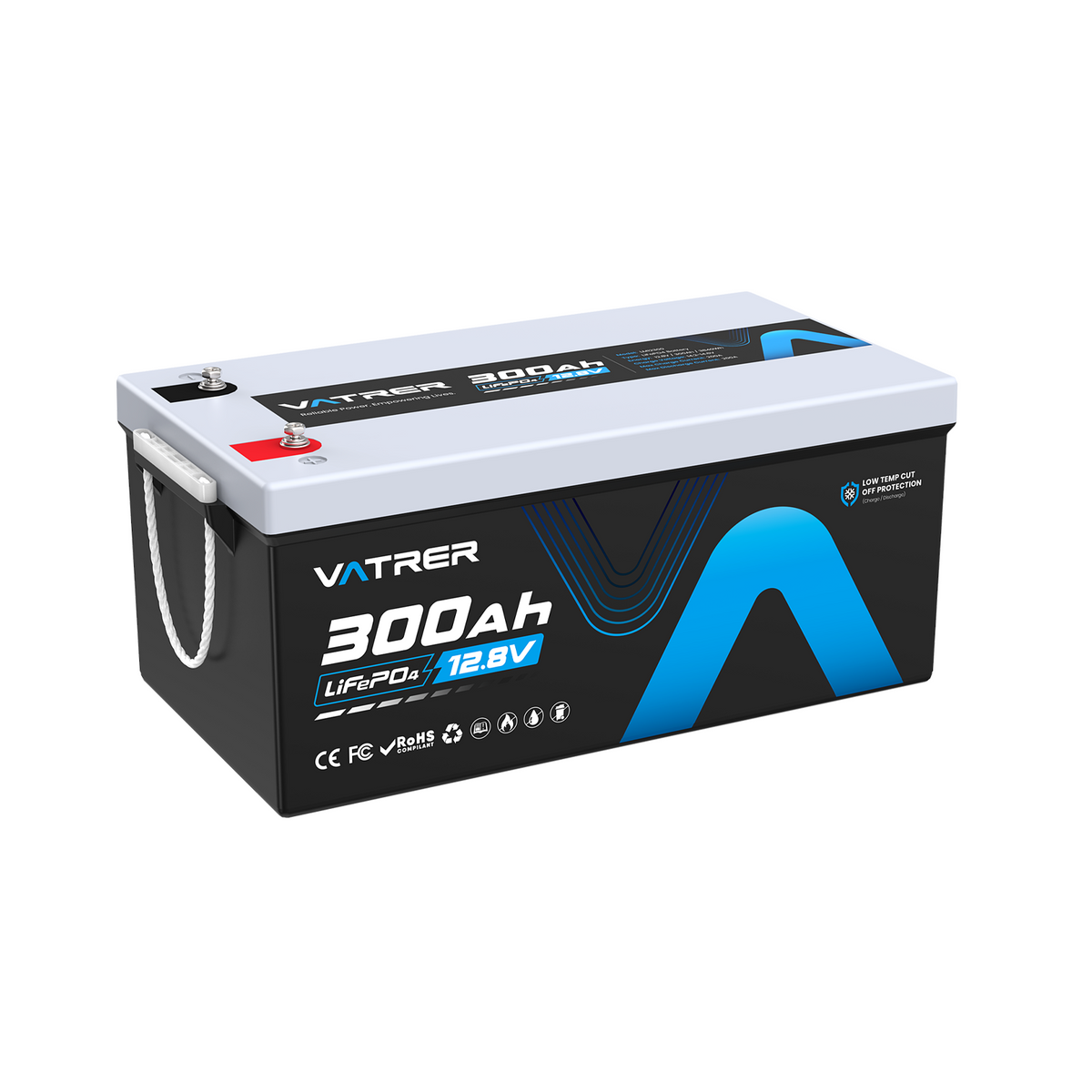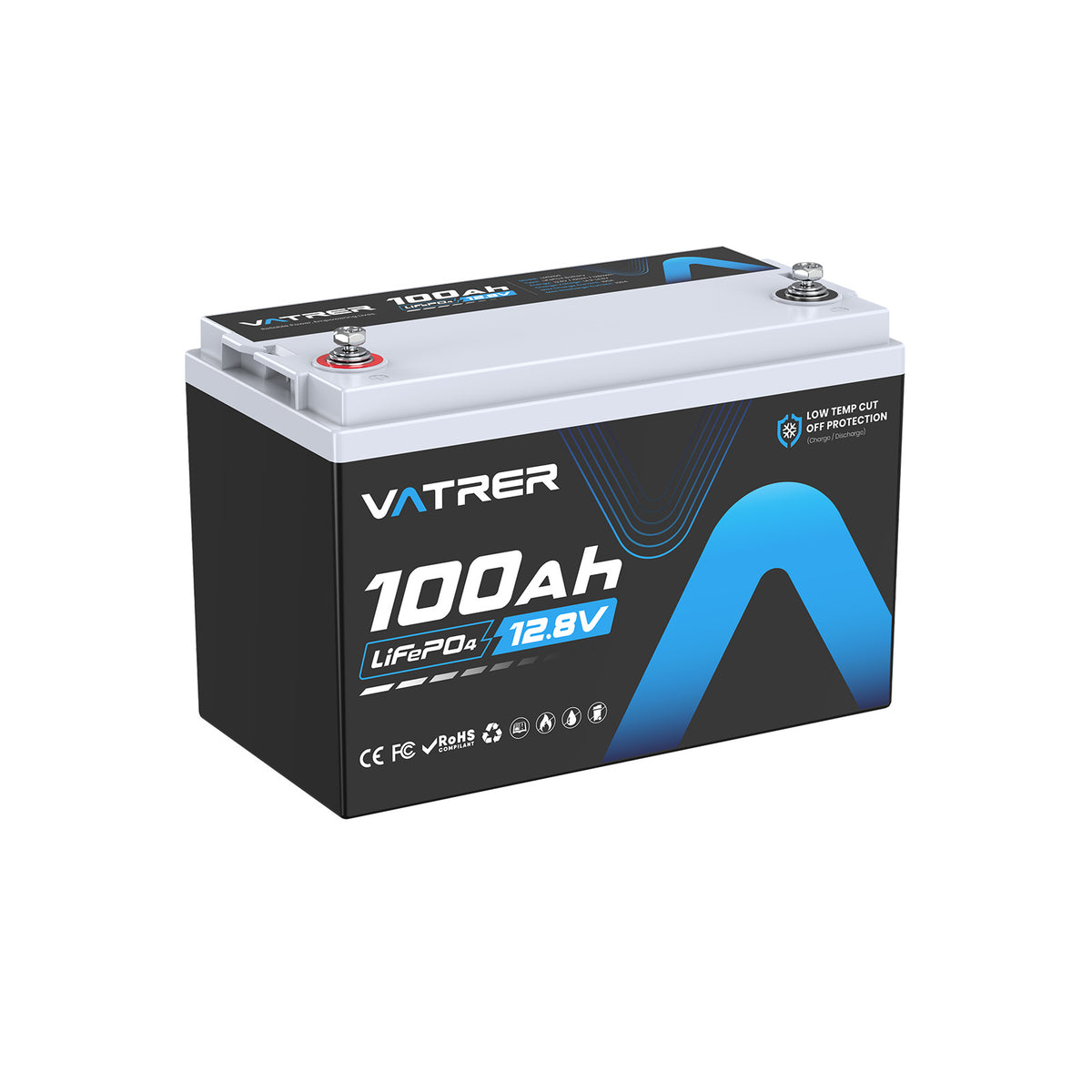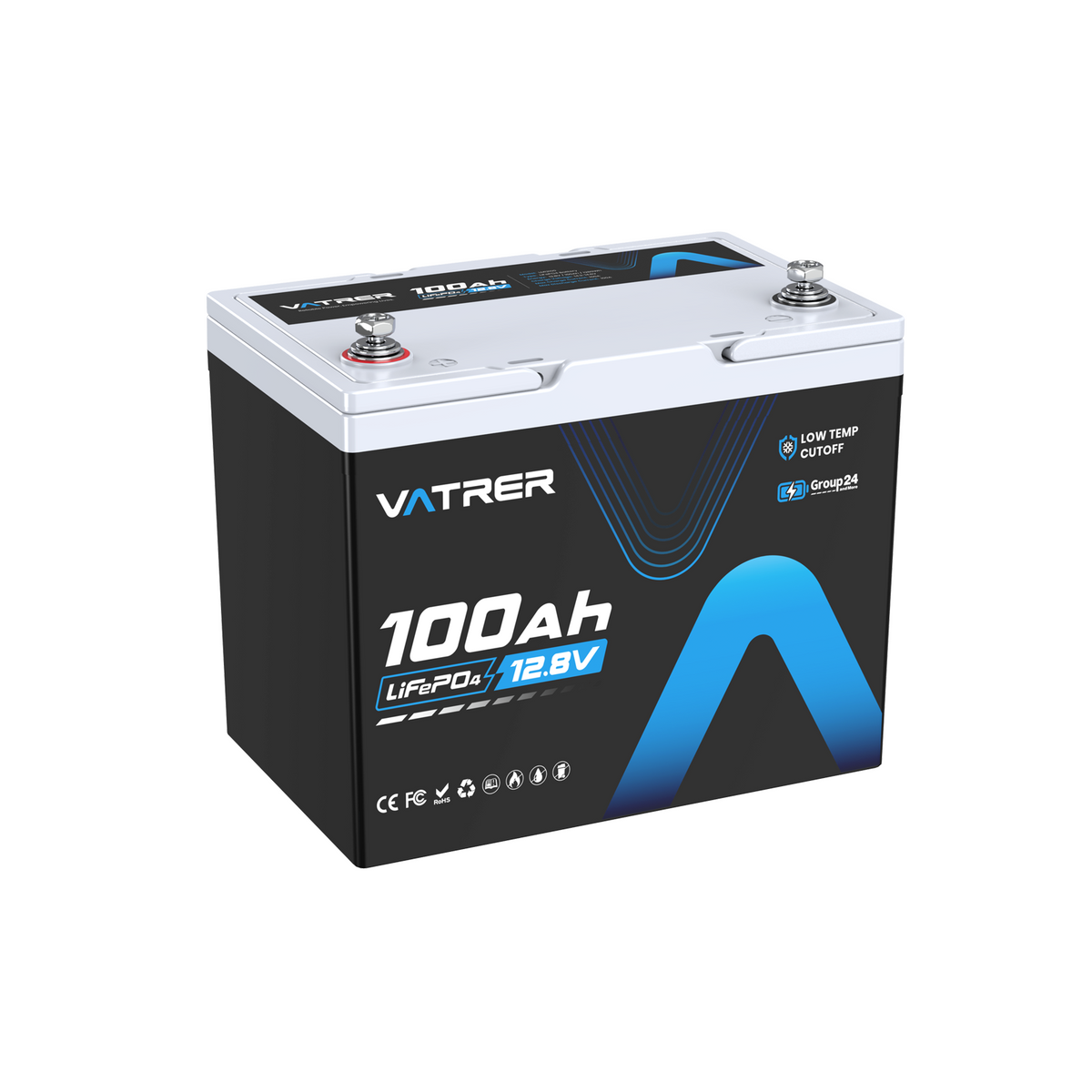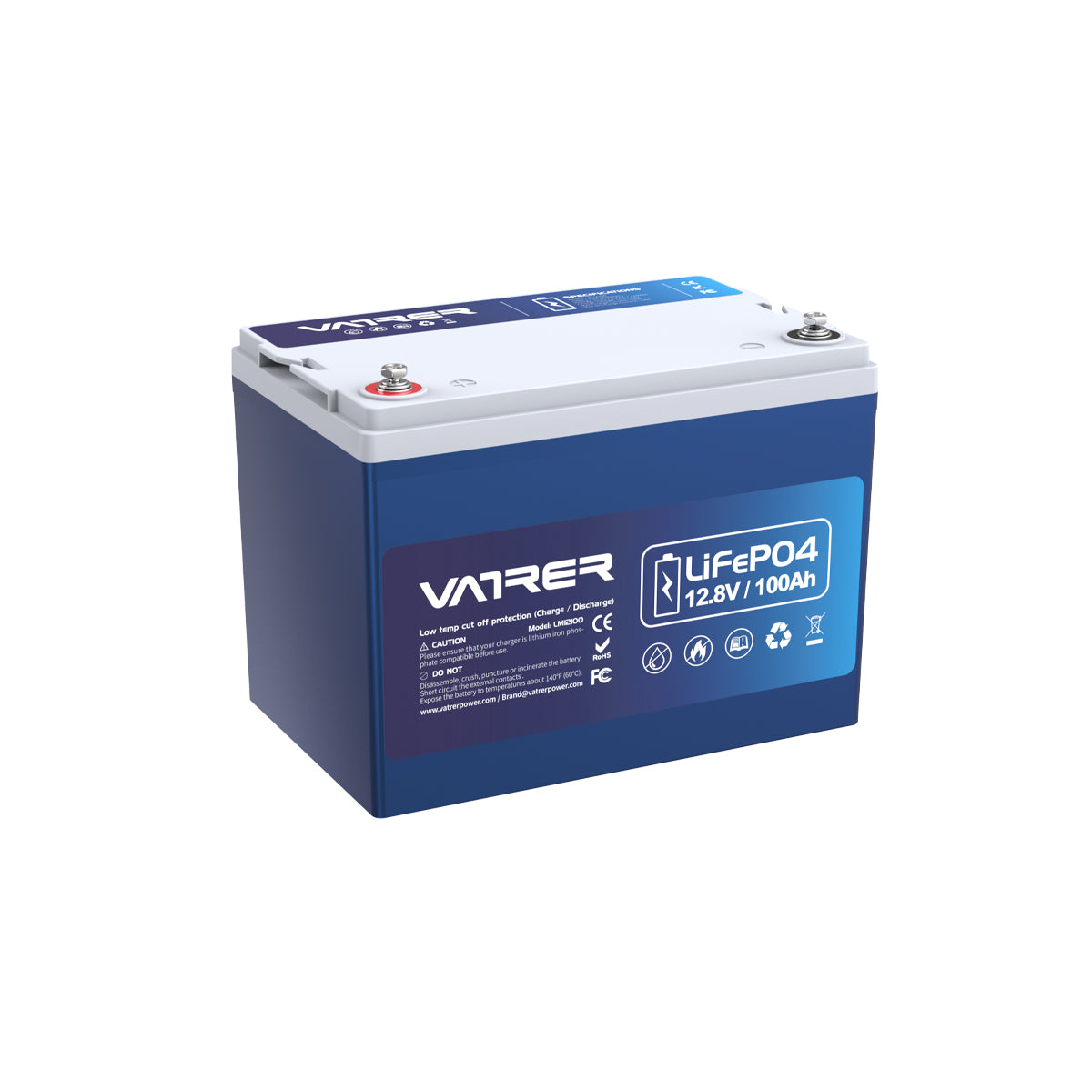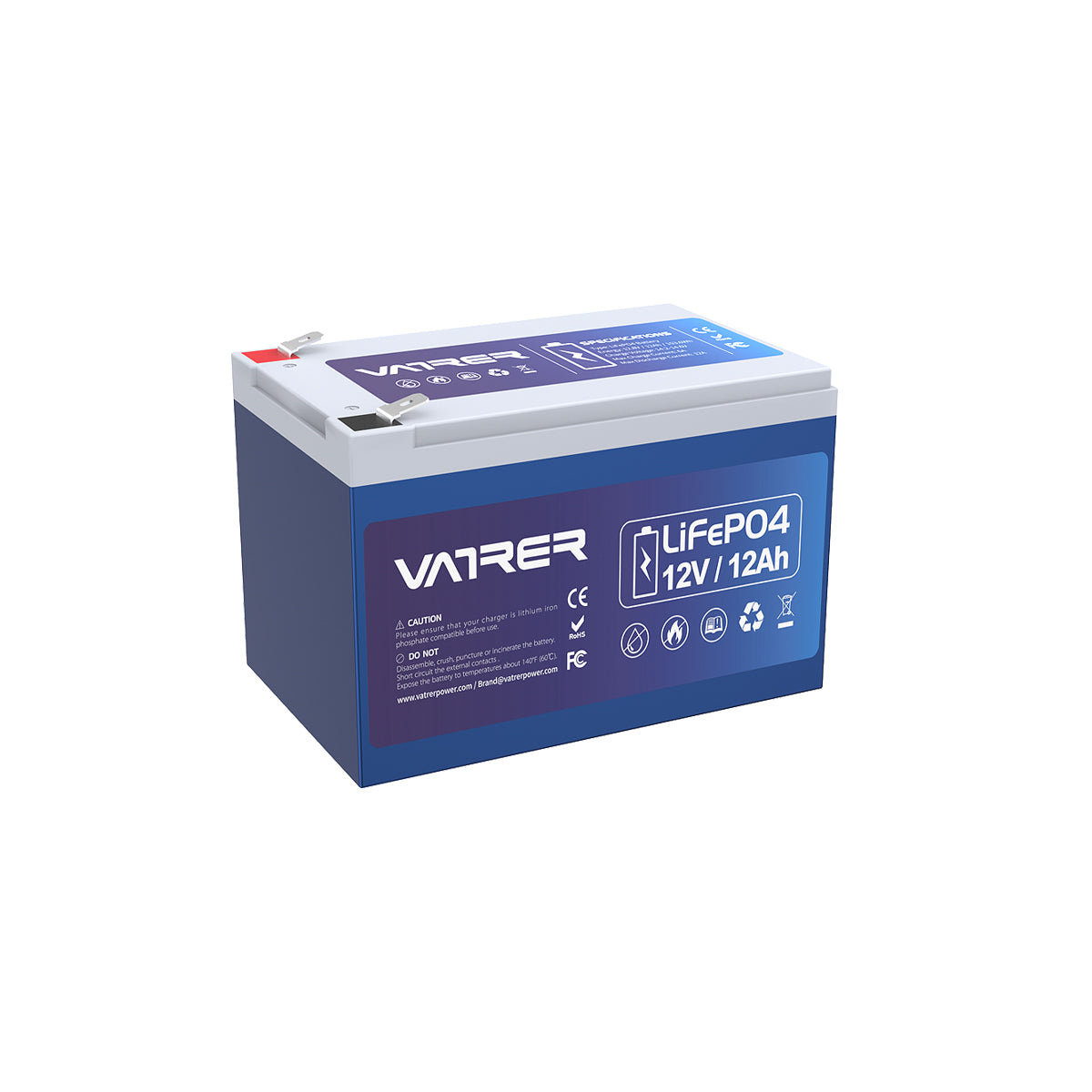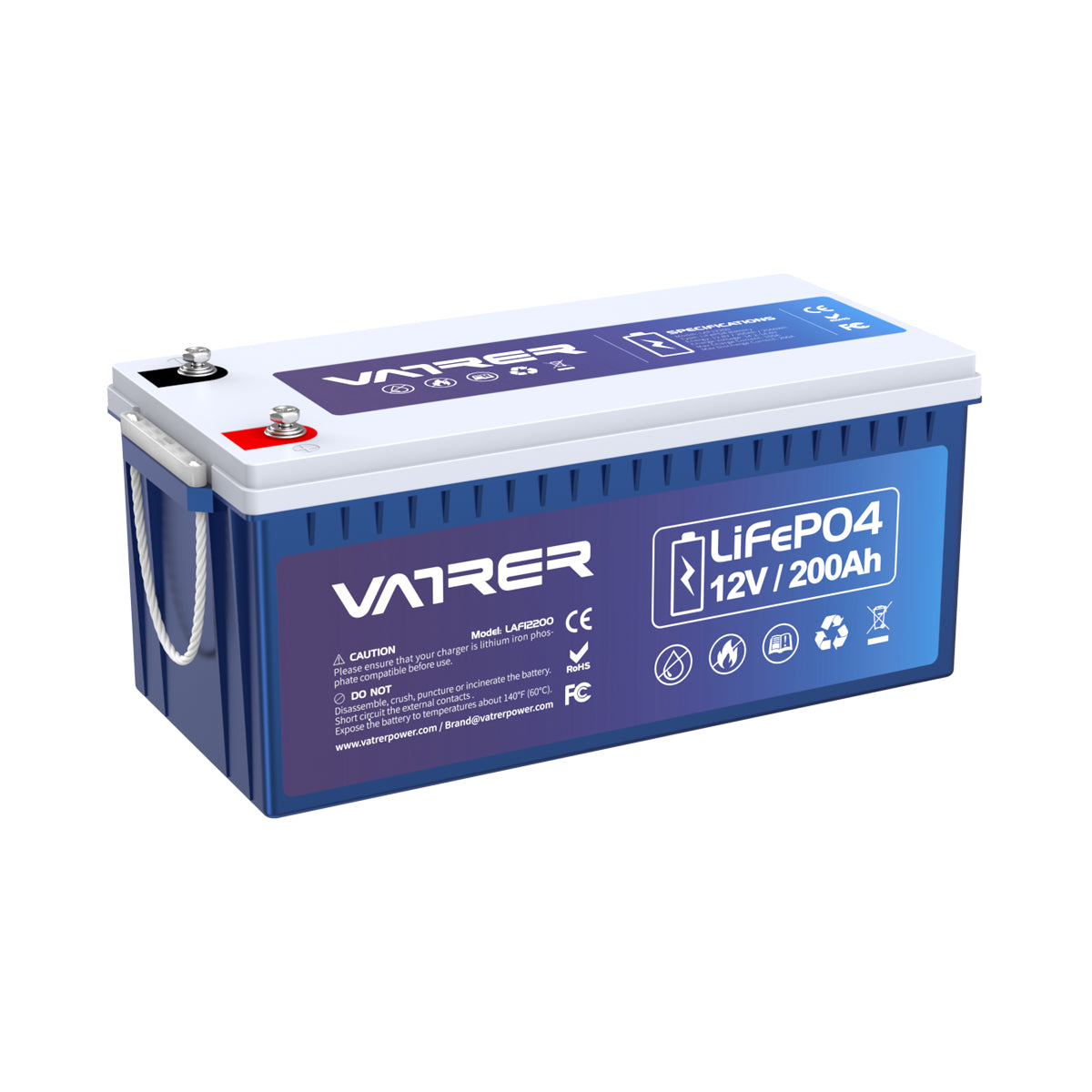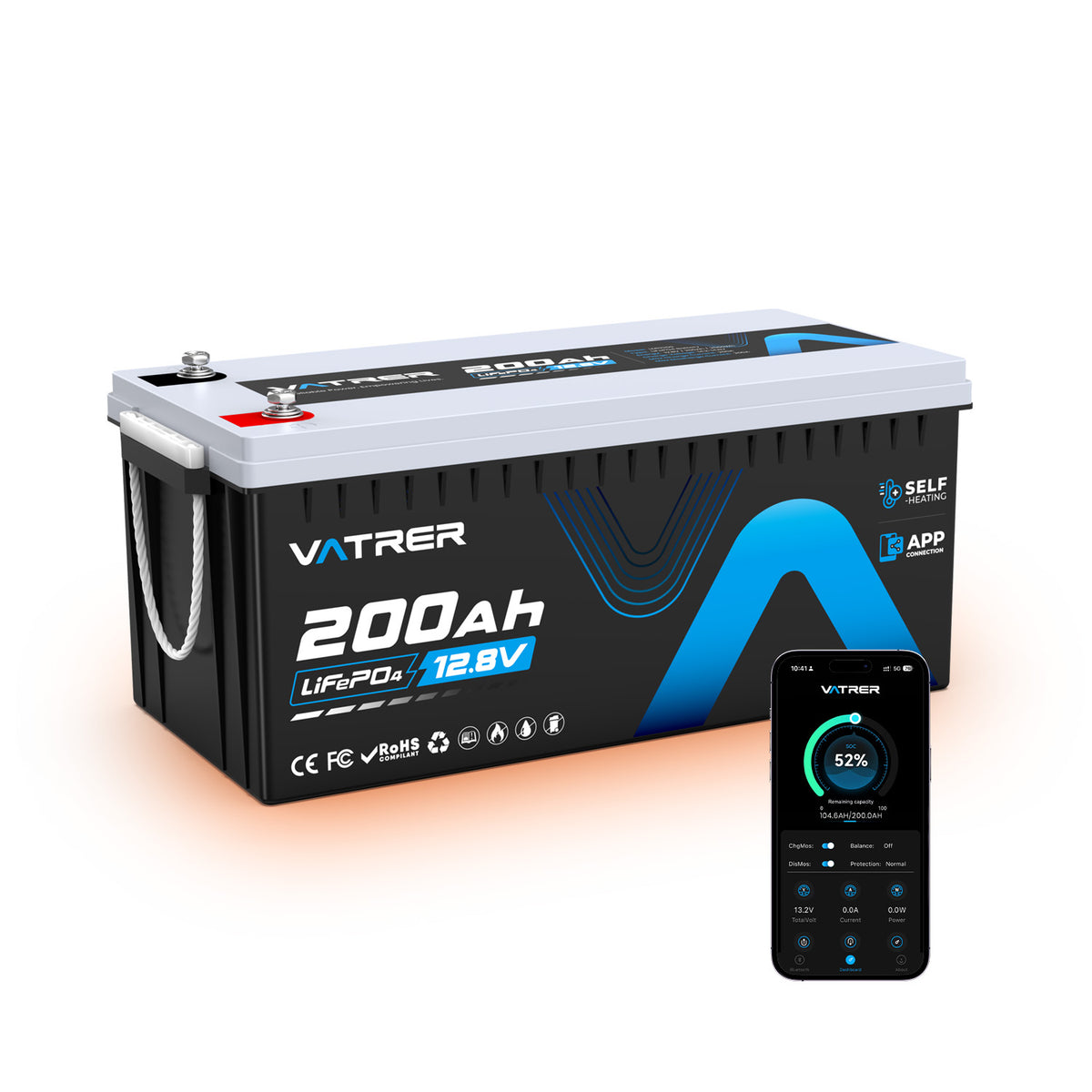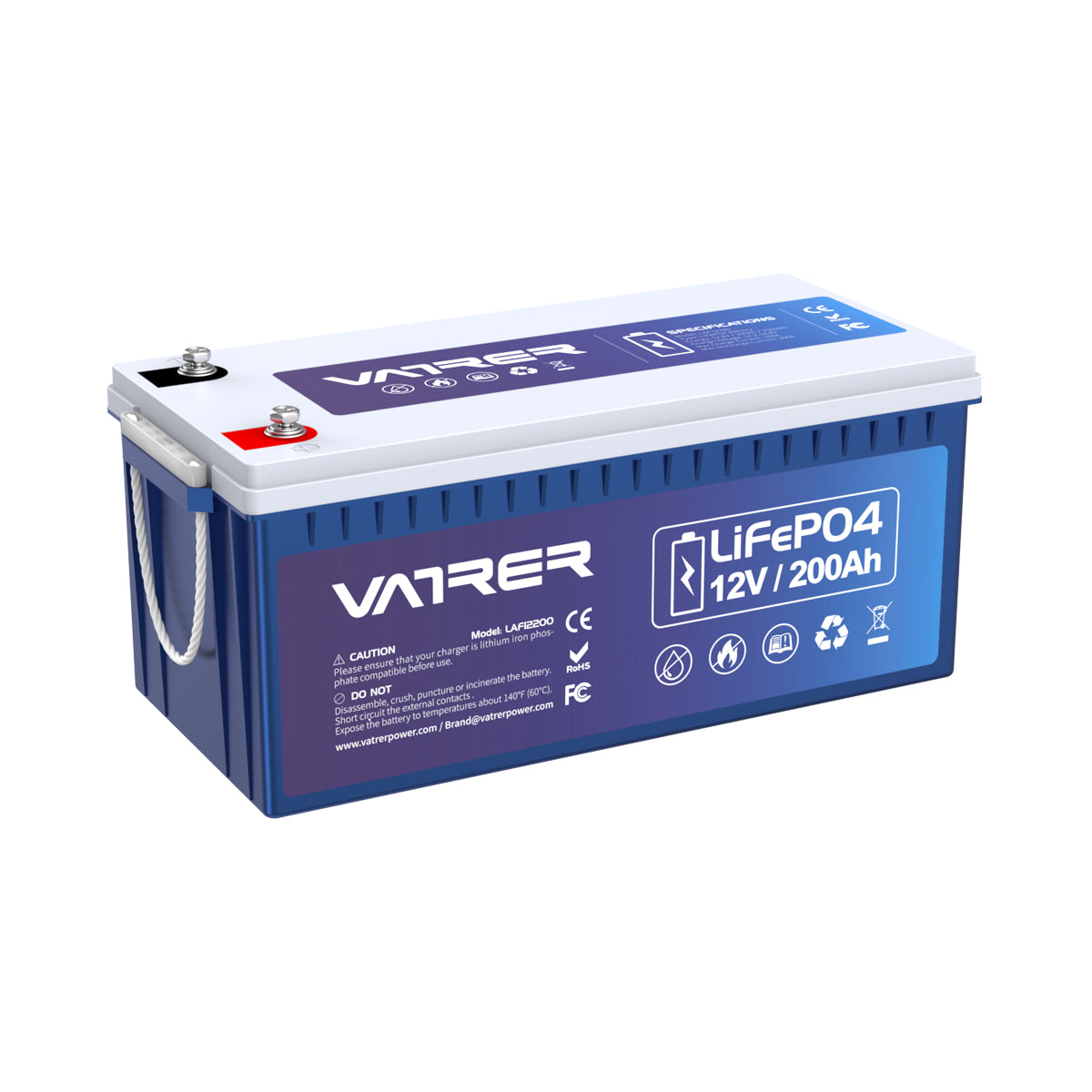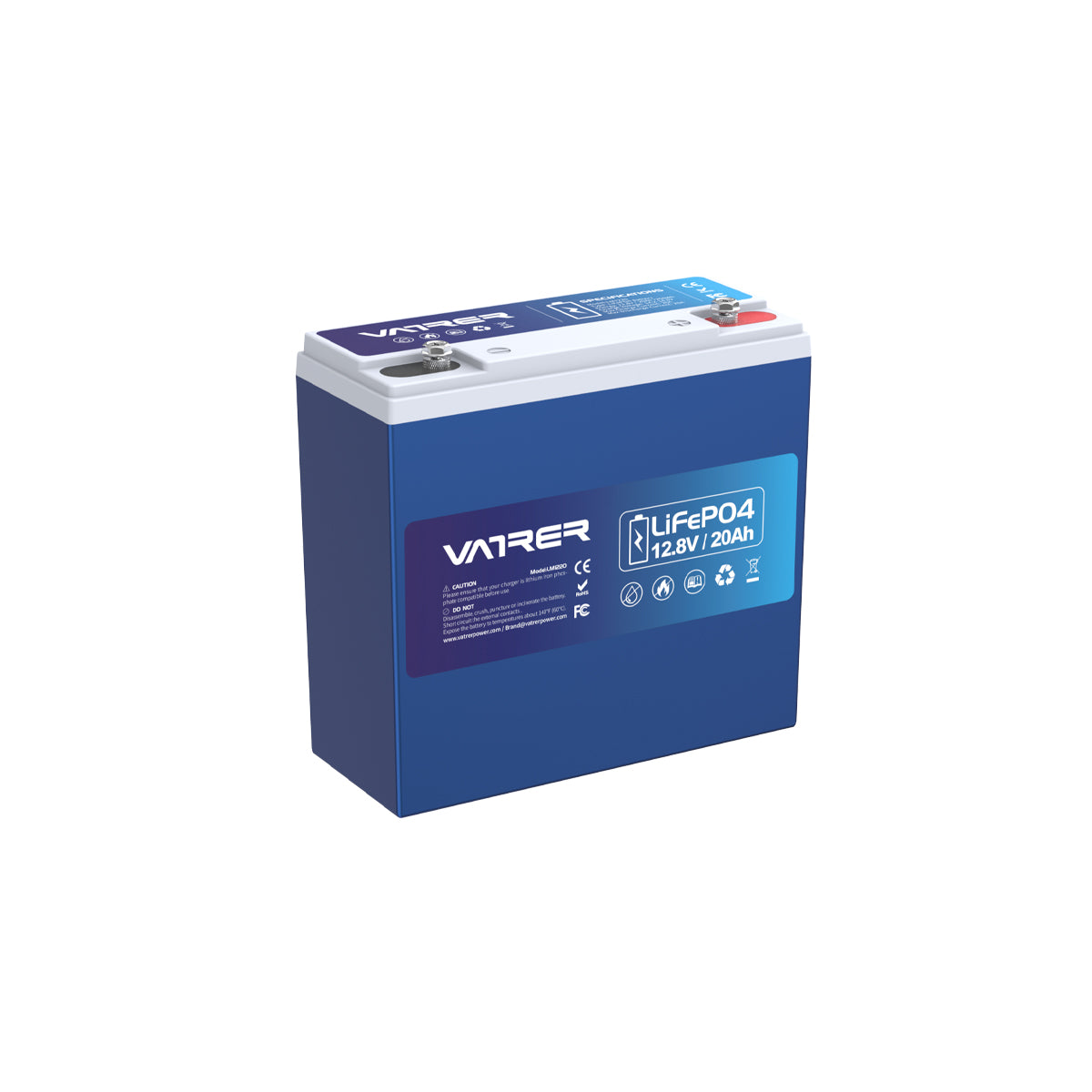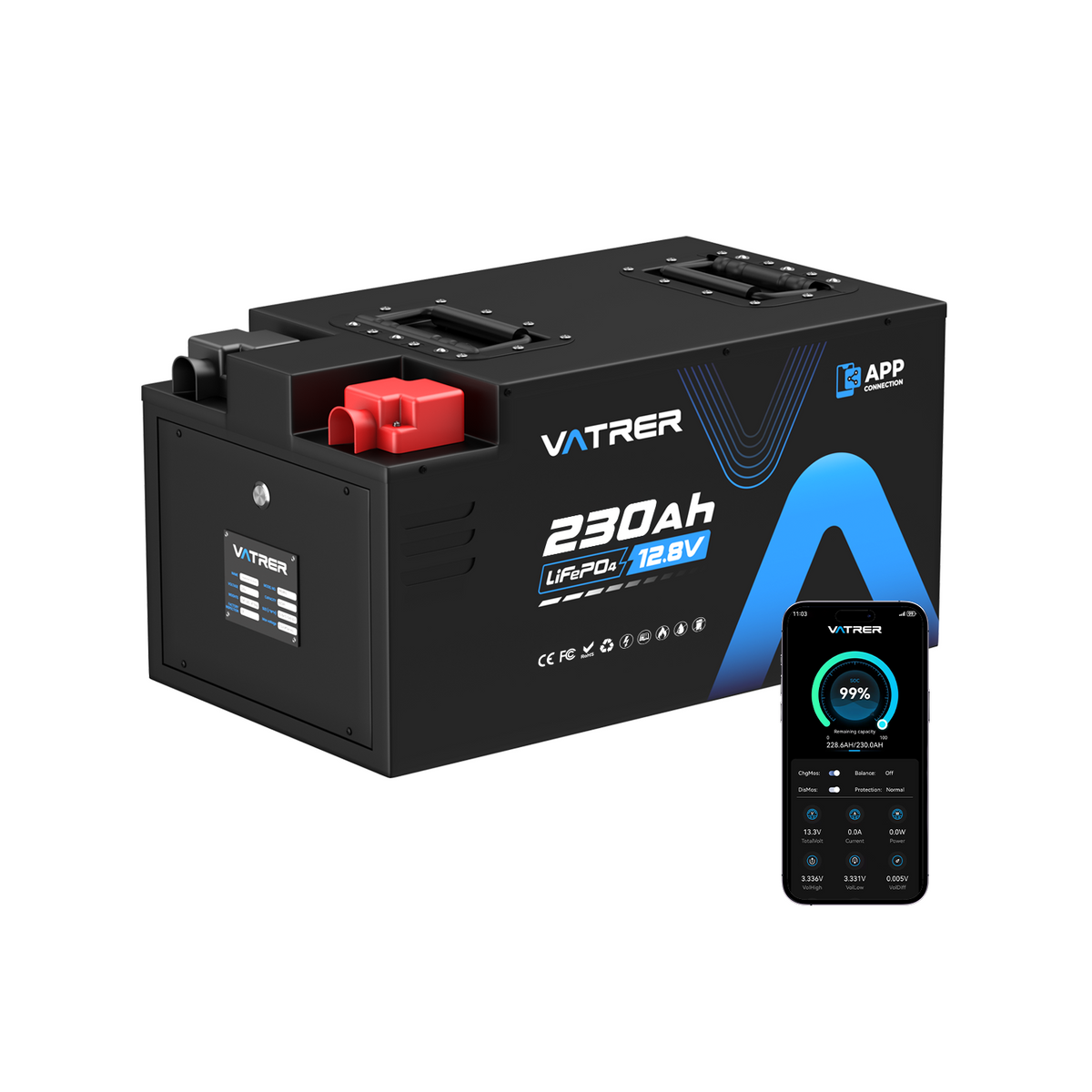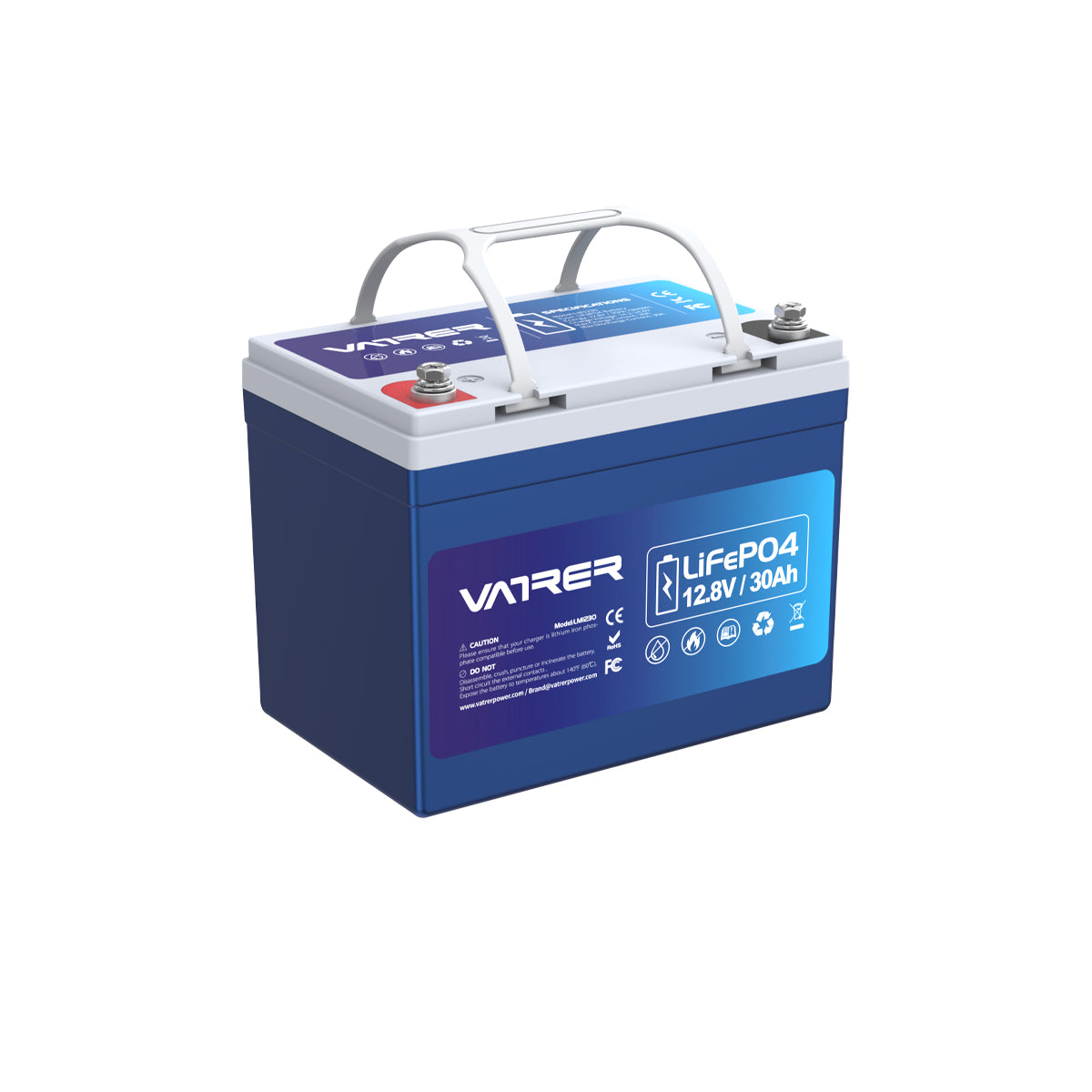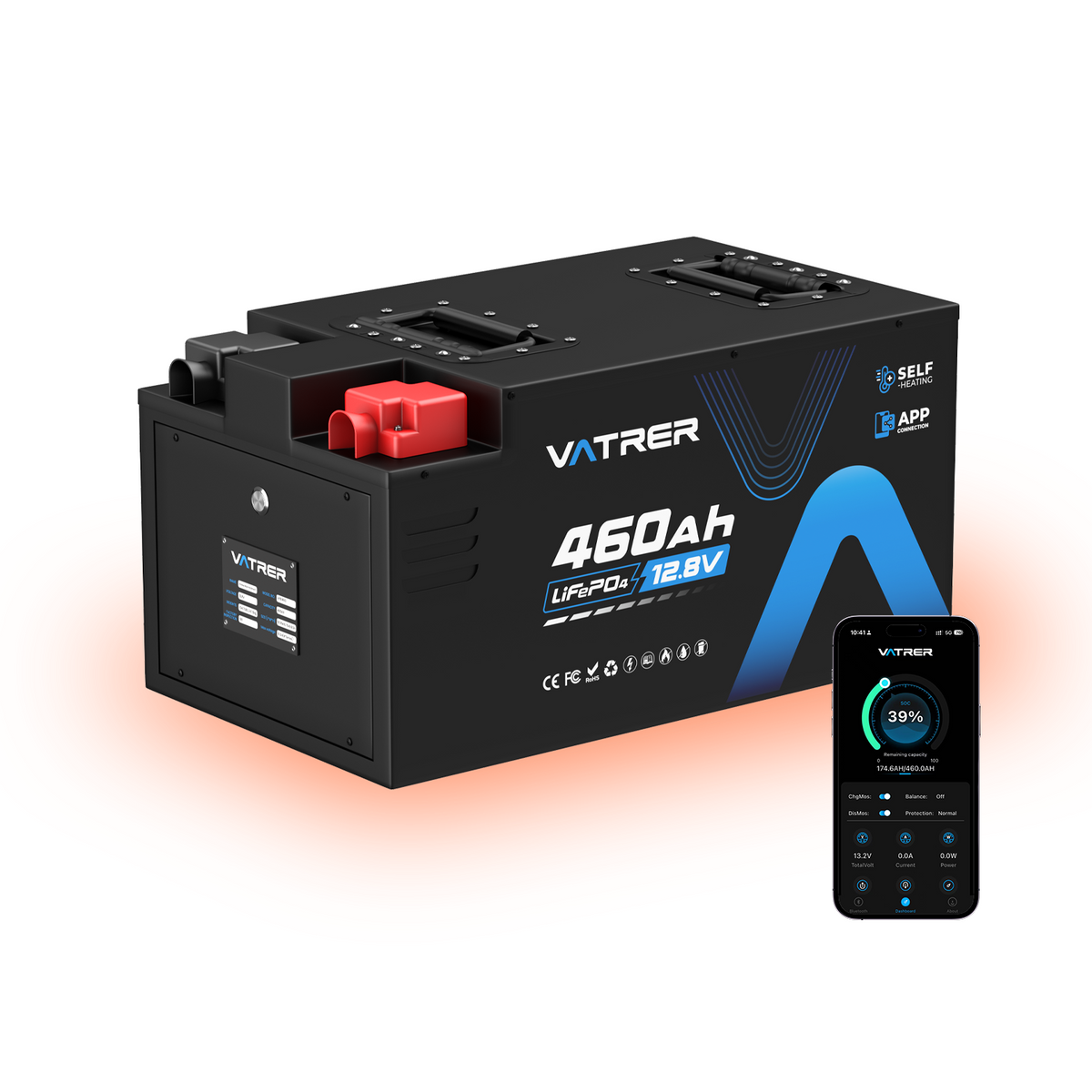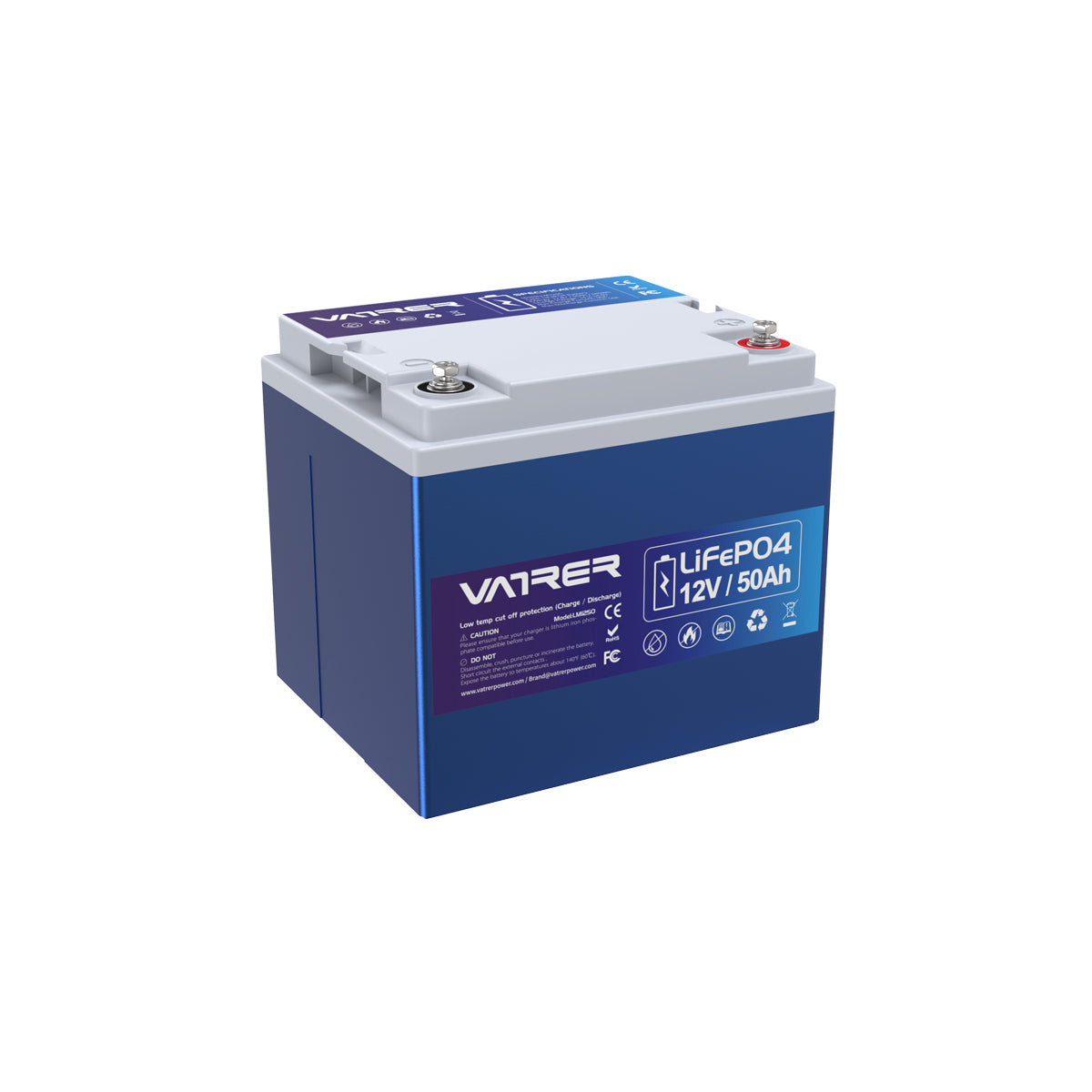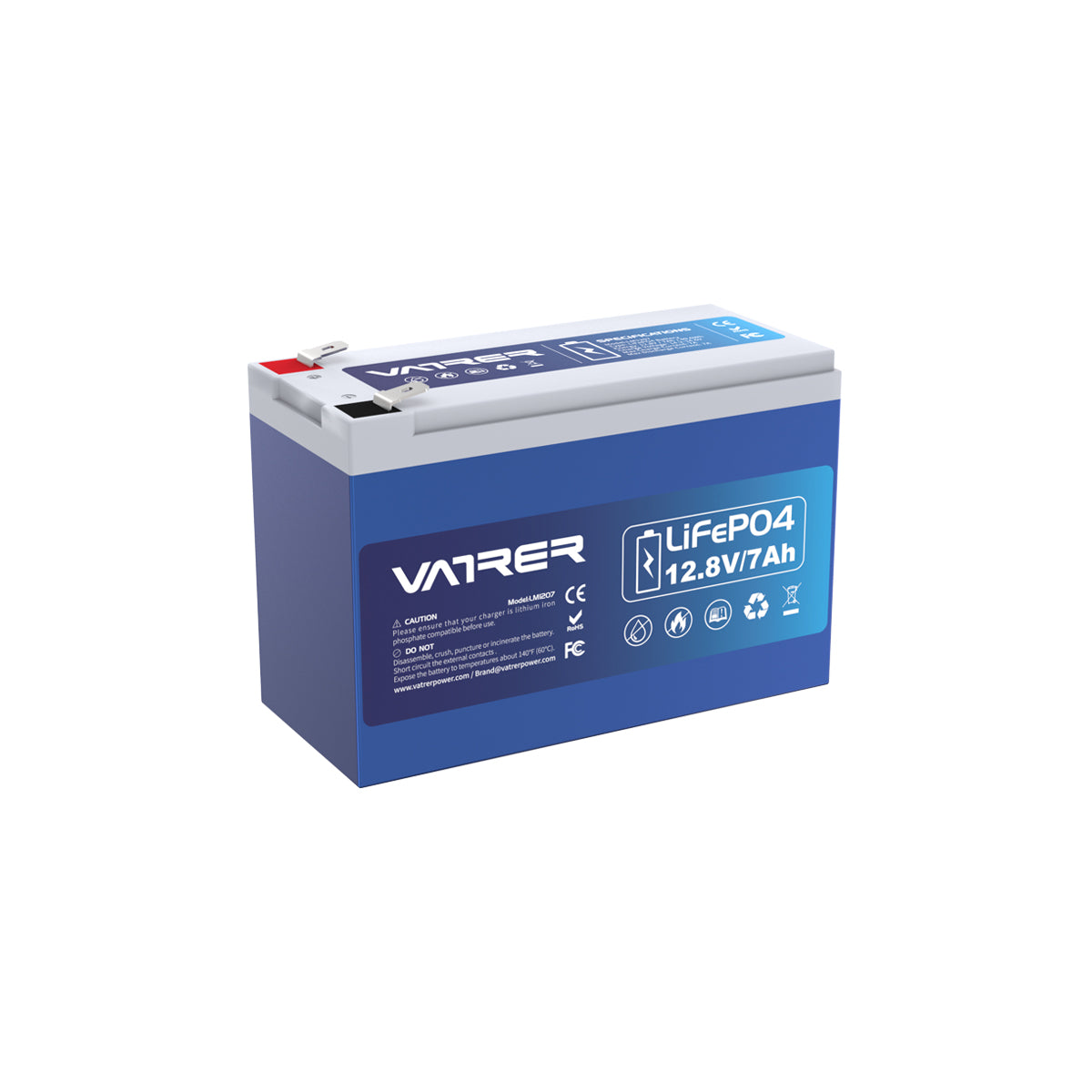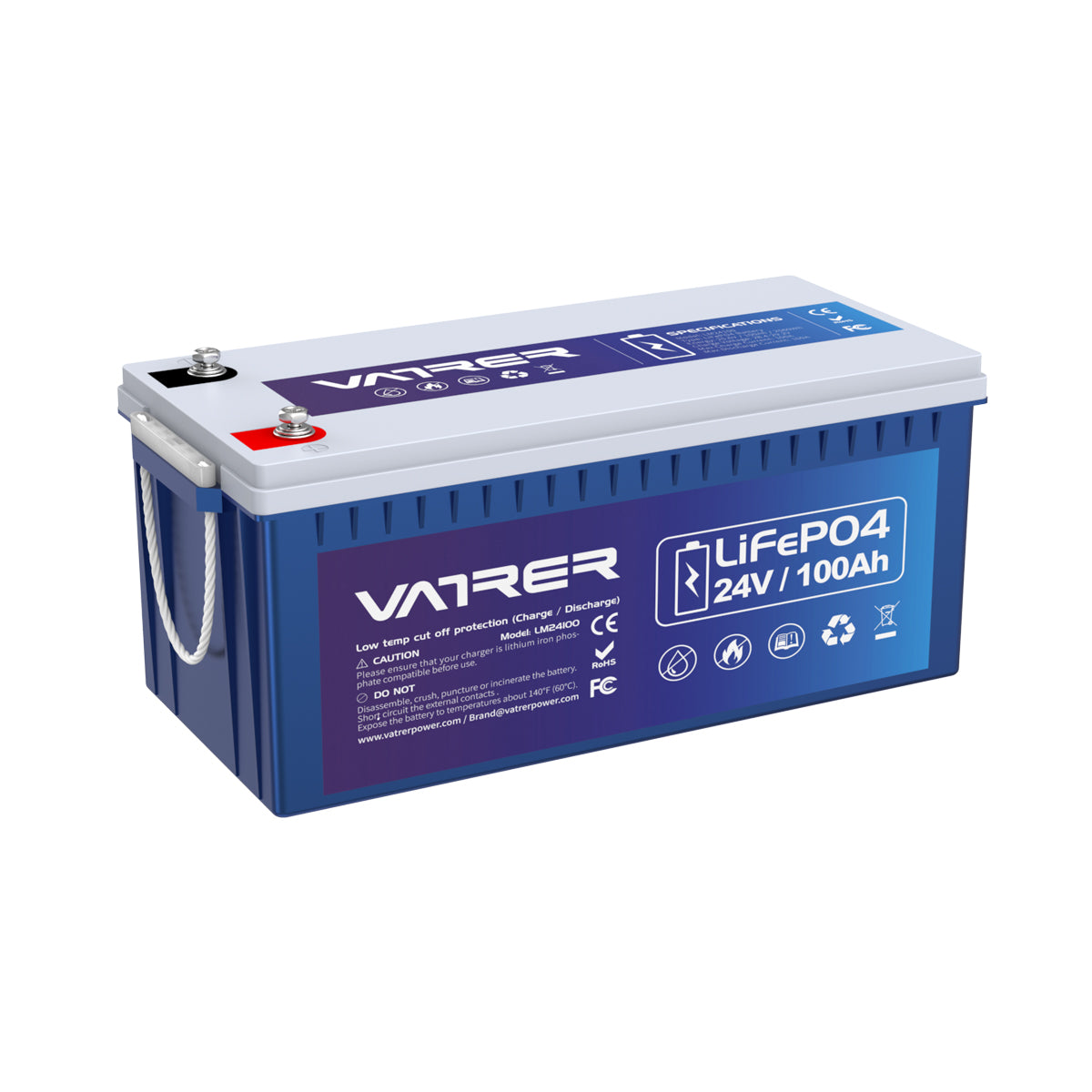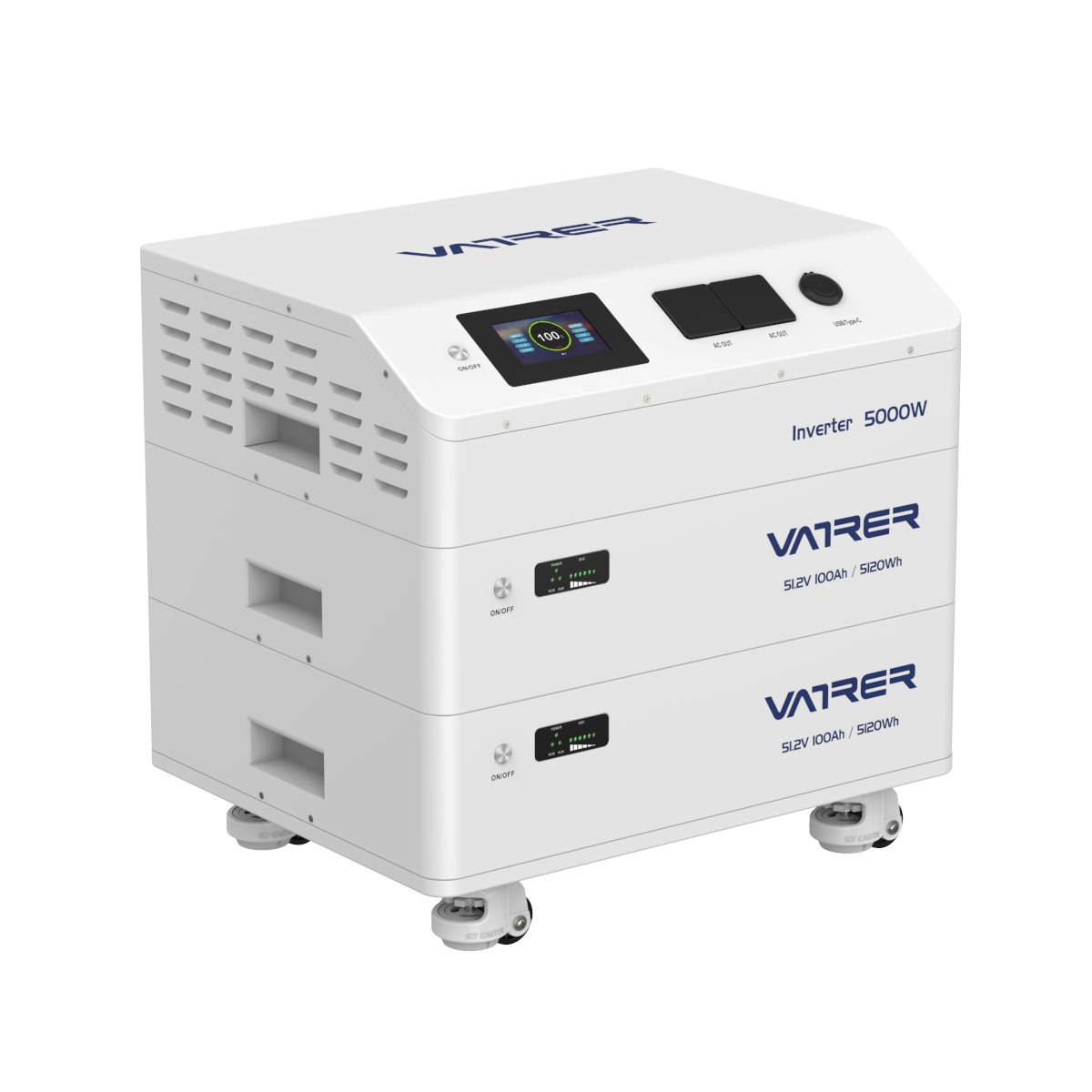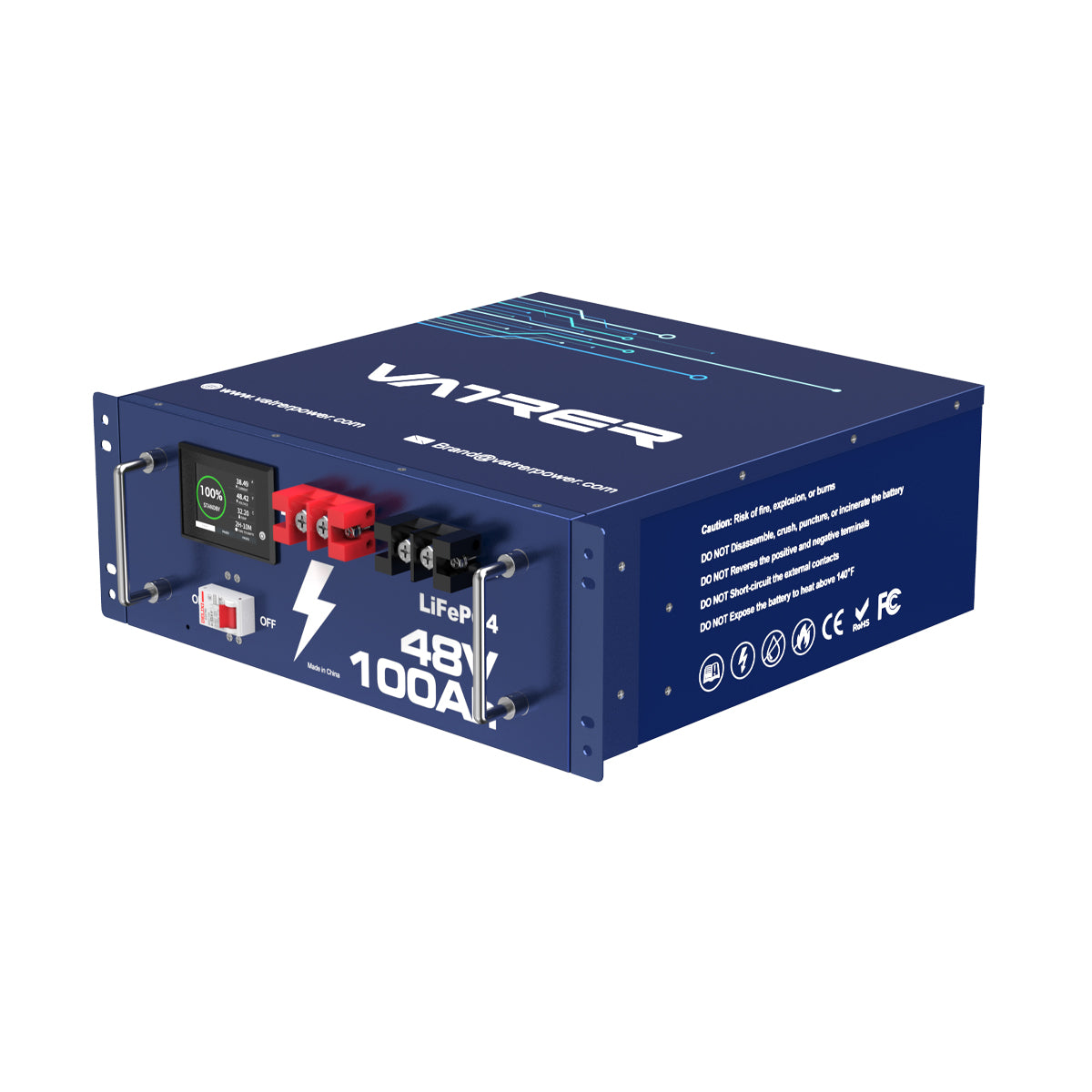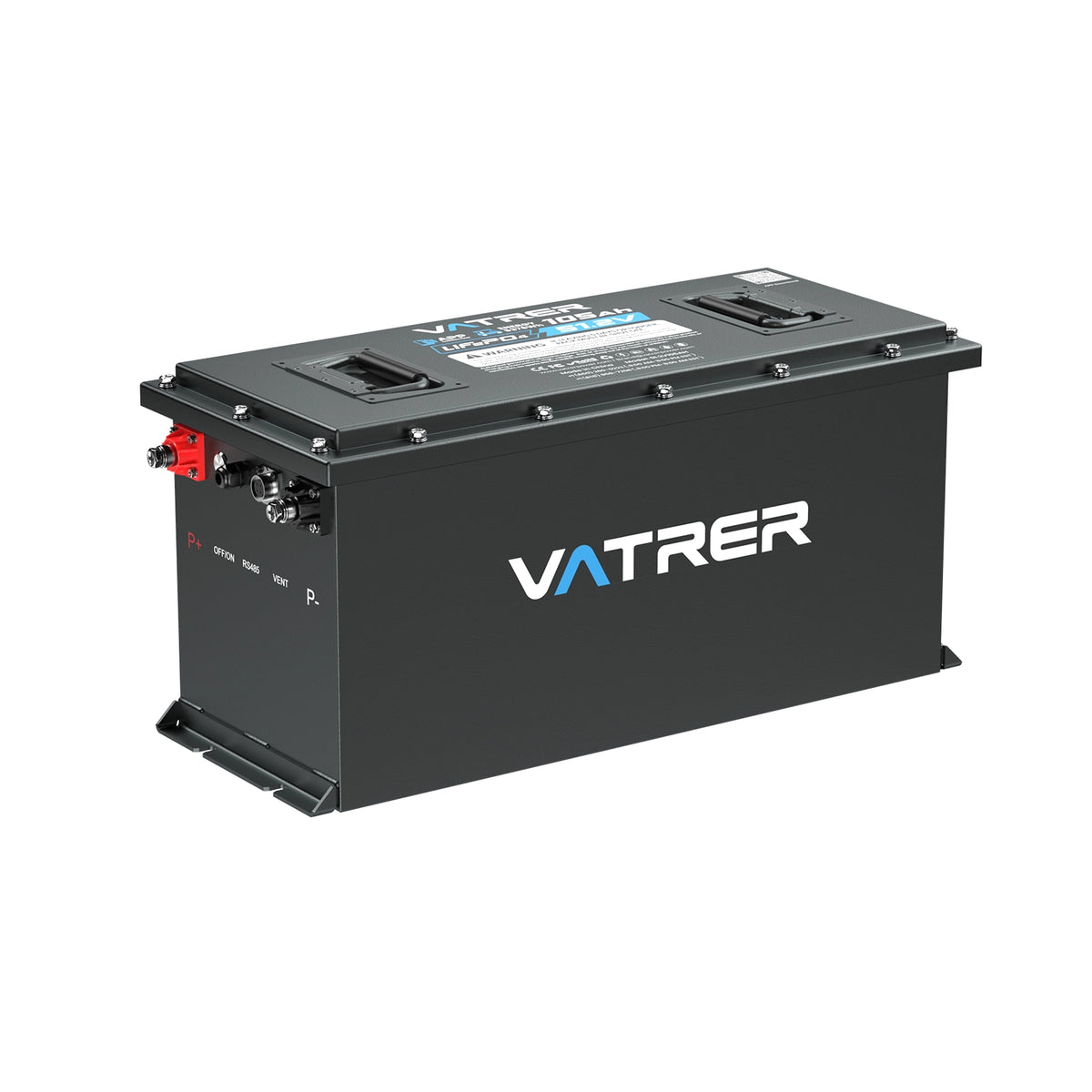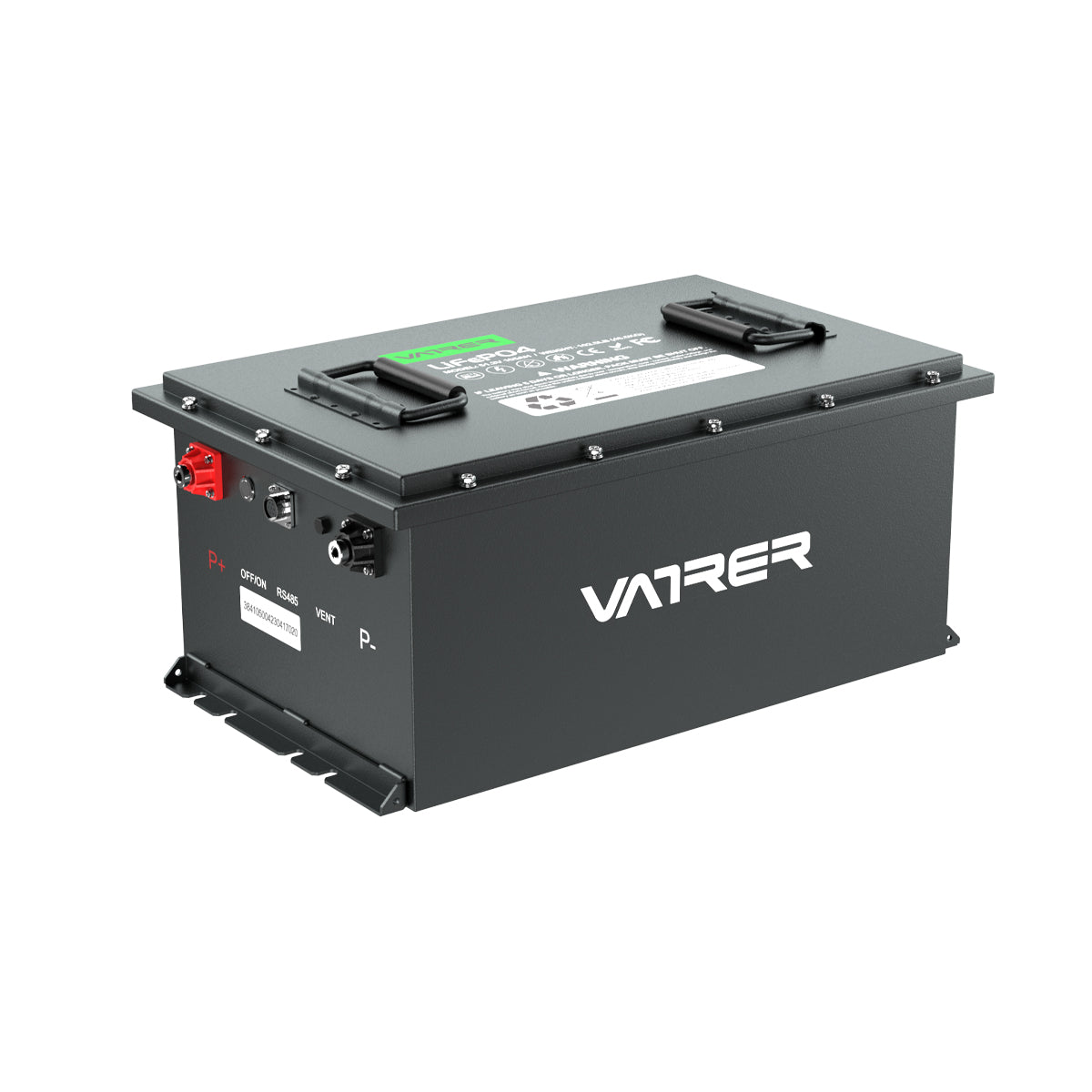Connecting RV batteries correctly is crucial for ensuring your recreational vehicle operates efficiently and safely. Whether you're setting up a new system or replacing old batteries, following the right steps can help you avoid common pitfalls. Here’s a detailed guide to help you through the process.
Understanding RV Battery Systems
Before diving into the connection process, it's important to understand the two main types of battery configurations: series and parallel.
- Series Connection: Increases the voltage while keeping the capacity (amp hours) the same. This is useful if your RV requires a higher voltage.

- Parallel Connection: Increases the capacity while keeping the voltage the same. This is ideal for extending the battery life and providing more power.

Tools and Materials Needed
-
Wrenches or socket set
-
Battery cables
-
Safety gloves and goggles
-
Multimeter (optional, for checking voltage)
-
Battery terminal cleaner or wire brush
Step-by-Step Guide
-
Safety First:
- Wear safety gloves and goggles to protect yourself from acid spills or sparks.
- Ensure the RV is turned off and disconnected from any power source.
-
Identify Battery Terminals:
- Locate the positive (+) and negative (-) terminals on each battery. They are usually marked with a plus and minus sign or red and black colors.
-
Connecting in Series:
- Connect the positive terminal of the first battery to the negative terminal of the second battery using a battery cable.
- Continue this pattern if you have more than two batteries.
- Connect the RV’s positive cable to the positive terminal of the first battery and the negative cable to the negative terminal of the last battery in the series.
-
Connecting in Parallel:
- Connect the positive terminal of the first battery to the positive terminal of the second battery.
- Connect the negative terminal of the first battery to the negative terminal of the second battery.
- Attach the RV’s positive cable to the positive terminal of one of the batteries and the negative cable to the negative terminal of the other battery.
-
Secure Connections:
- Ensure all connections are tight and secure to prevent any loose connections that could lead to sparks or power loss.
-
Check the System:
- Use a multimeter to check the voltage of the connected batteries to ensure they are properly configured.
- For series connections, the voltage should be the sum of all batteries. For parallel connections, the voltage should match a single battery’s voltage.
-
Final Inspection:
- Double-check all connections for tightness and ensure there are no exposed wires.
- Clean any corrosion from the terminals using a battery terminal cleaner or wire brush.
-
Power Up:
- Reconnect the RV to the power source and test the system to ensure everything is functioning correctly.
Video: How To Connect Your RV Batteries
Conclusion
Connecting RV batteries is a straightforward process if you follow these steps carefully. Whether you’re increasing voltage or capacity, understanding the difference between series and parallel connections is key. Always prioritize safety and double-check your work to ensure a reliable power supply for your RV adventures.











